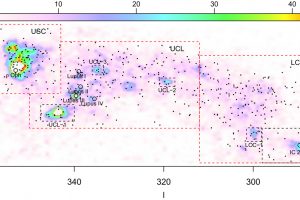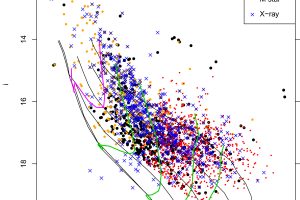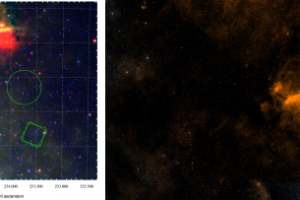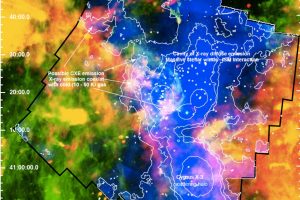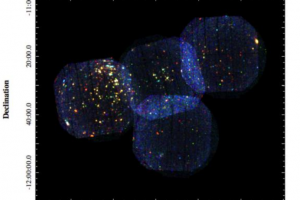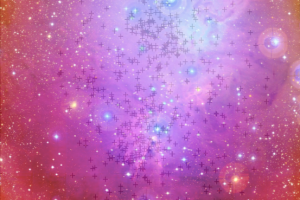The chronology of star formation in the Lagoon.The study: “The Gaia-ESO Survey: Age spread in the star forming region NGC 6530 from the HR diagram and gravity indicators” of L. Prisinzano (INAF-OAPA) recently appeared on A&A
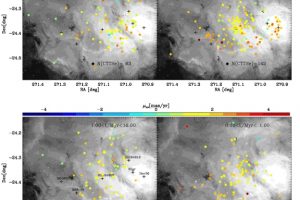
Stars form from the gravitational contraction of large gas clouds. This process may occur in two different modes: It may be fast, with a characteristic timescale dictated by the free fall of gas onto the forming stars, or it may be slow, sustained by turbulence and magnetic field. In the former case stars form over a short period, while in
» Read more
